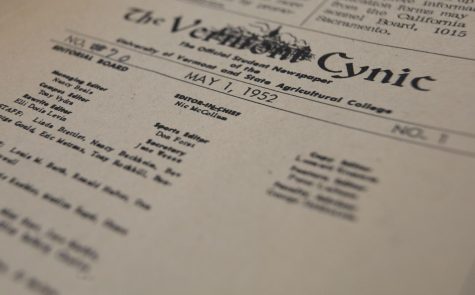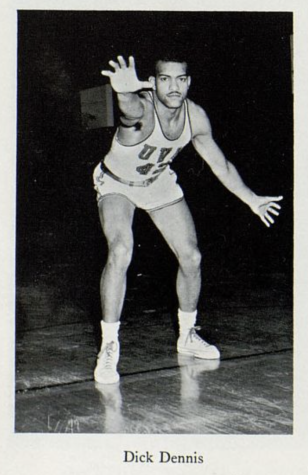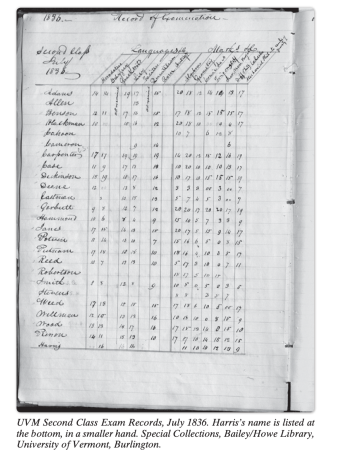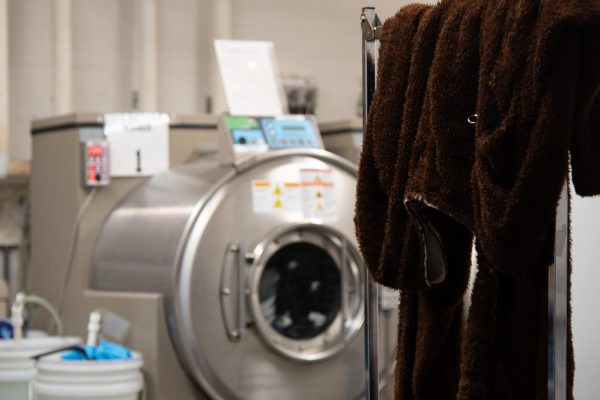Welcome to Cooperstown
It was not the first time that the Baseball Writers Association of America chose not to induct a single person into the Baseball Hall of Fame in Cooperstown, but it was the first time since 1996, and just the third time ever.
The 2013 Hall of Fame Ballot included Barry Bonds and Roger Clemens, arguably two of the greatest players ever. Bonds received just 36.2 percent of votes, while Clemens got slightly better, 37.6 percent.
When final ballots were tallied the leader in votes was Craig Biggio. And nothing against Craig Biggio, but he is a player who took his entire 20 year career to reach 3000 hits, only getting more than 200 hits in a season just once. That is not Baseball Hall of Fame material. With a career batting average of .281, he only hit over .300 four times.
Honestly, Biggio may have maxed out the number of votes he can get in his first ballot, and so it is the other players who I will spend the rest of my time discussing.
First is Barry Bonds, the best player on the ballot and the most controversial. Most experts agree that Bonds used performing enhancing drugs, PEDs, during his career and that it helped him set the Major League Baseball career home run record with 762. PEDs also made it possible for him to set the record for home runs in a single season with 73.
Prior to taking PEDs, Bonds was still a once in a generation player. He was a five-tool player who won three MVP awards, and had he retired in the mid-90s, would have been a first ballot Hall of Famer.
Roger Clemens has a similar narrative. One of the great right-handed pitchers in baseball history, his early career with the Red Sox would have easily earned him a plaque in Cooperstown.
Three Cy Young Awards and an American League MVP, plus striking out a MLB record 20 batters in a single game twice would have probably made him first ballot material. But Clemens did take PEDs and went on to win two World Series Titles with the Yankees and four more Cy Young Awards. When Red Sox General Manager Dan Douquette was asked about why he did not re-sign Clemens following the 1996 season, he said that the drugs allowed him to turn the “twilight of his career.”
Besides the two headline names, there were other players on the ballot whose Hall of Fame candidacy was hurt by the Steroid Era. Players such as Mike Piazza, Jeff Bagwell, and Curt Schilling all played during the era and although specific allegations have not been leveled against the players, question marks remain.
If we believe that PEDs allow a borderline player to put up Hall of Fame numbers, what do we make of these players?
It is my opinion that if I were a member of the Baseball Writers Association of America, I would not look specifically at the numbers but instead look at each player as to where they rank among their peers.
Steroids helped Mark McGuire put up his previously unheard of home run numbers and the same goes for Sammy Sosa. So both of them are out.
Rafael Palmeiro hit 500 home runs, but he is a convicted PED user. How can we determine how many of those home runs were hit using drugs? And he was never a top tier player, so he is also out.
Edgar Martinez redefined the position of designated hitter. He was the best player at his position for many years. I have no idea whether Martinez used PEDs but as long as the DH is a position in the American League, Martinez will be one the greats and therefore earns my theoretical vote.
And based on the same principles, I would also hypothetically vote for Bonds and Clemens. Despite solid numbers, I would not vote for Schilling. He was never the best pitcher in baseball for an extended period of time. I will never forget his bloody sock and its role in bringing a World Series Championship to Boston, but it is not enough to earn my vote.
I would also hold off voting for Piazza or Bagwell. Both put up borderline Hall of Fame numbers and were the best players at their respective positions for several years, and so I likely would still give them my vote in a different year.
I do not envy the BBWAA voter who has to make the difficult choices as to who gets one of their ten yearly votes. Since a player remains on the ballot as long as they receive five percent of votes, there may be times where a voter can only vote for some but not all of the players they feel are deserving of the honor.
On the 2014 ballot, Greg Maddux, Tom Glavine, Mike Mussina, and Frank Thomas will all be eligible for election for the first time. That is an easy three to four votes; a third of a hypothetical ballot already filled.
The Steroid Era changed how baseball is viewed in the greater professional sports landscape. Baseball had previously been a sport where the numbers from the 1950s could be compared to those from 2012, but the use of steroids changed this. Although, the Steroid Era was also my childhood and seeing those gaudy numbers were fun to watch. Fair or not, I will look back fondly on the McGuire-Sosa chase to break Roger Maris’ single season home run record.
It has been ten years since the anonymous PED test, which caused mandatory testing to go into effect, eight years since players were called in to testify about steroids in baseball and just over five years since the Mitchell Report, the 21-month investigation of the use of PEDs in baseball. Plus, only a year ago Ryan Braun was voted National League MVP in a revote after failing a PED test.
Steroids are an almost unspoken part of professional sports, none more than baseball. Every generation has its great players. Put them where they rightly deserve – in Cooperstown among the greatest to ever play the game of baseball.
Ê










